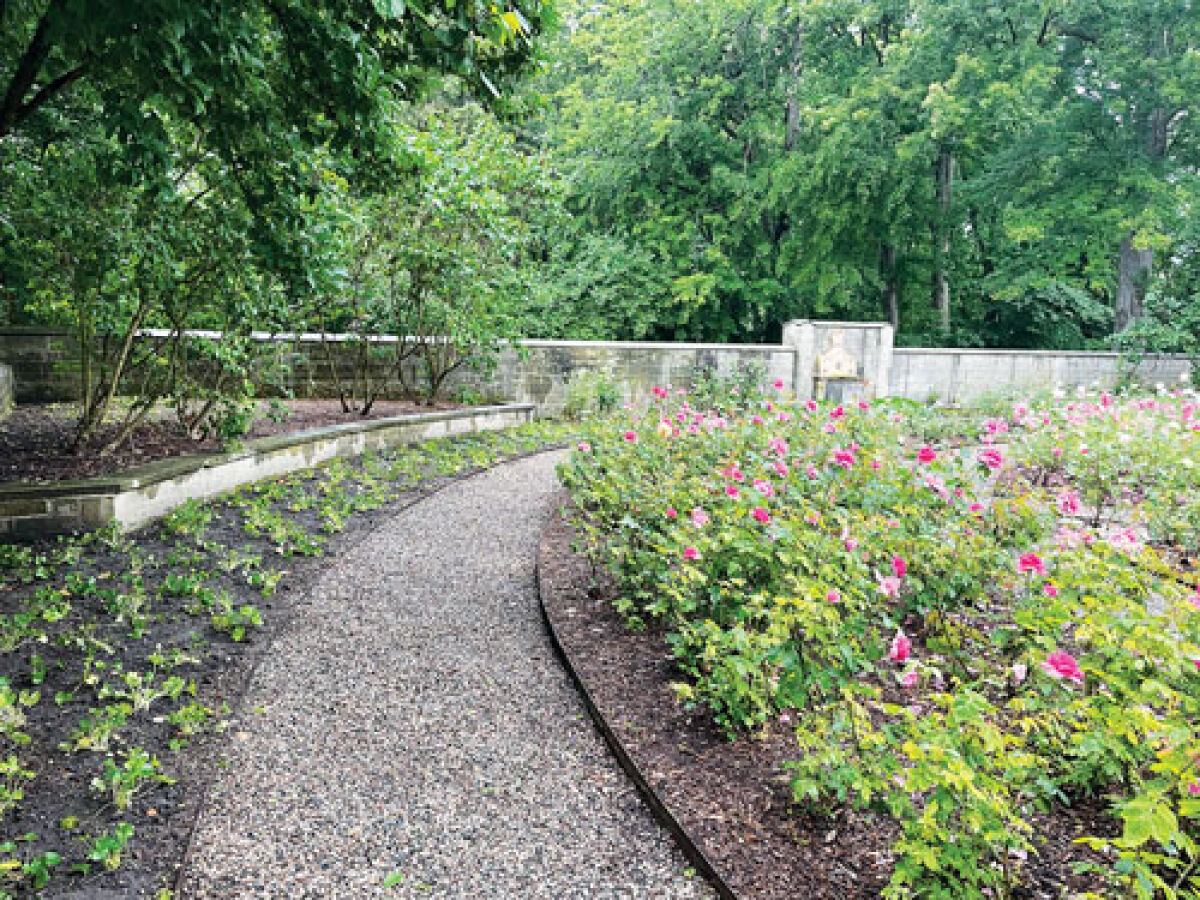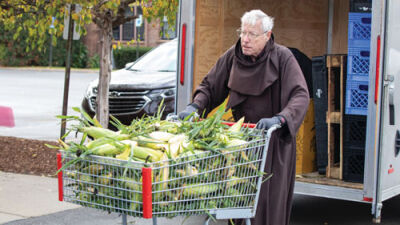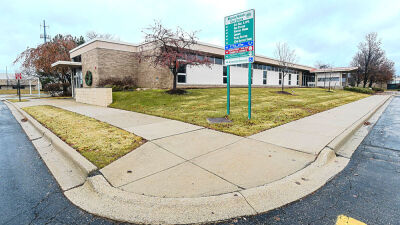METRO DETROIT — They’re beautiful, symbolic and have been immortalized in poems and songs, but even seasoned gardeners can express trepidation when it comes to roses.
As one gardening pro recently observed, “They are fussy.”
Still, that doesn’t mean that gardeners should avoid this legendary bloom.
Monica Sabella is a rosarian, horticulturist and greenhouse specialist who takes care of the roses at the Edsel and Eleanor Ford House in Grosse Pointe Shores. During an April 8 presentation on rose care, she said there are three main categories of roses: old garden roses (sometimes called antique or historical), wild roses and modern garden roses. Sabella said old garden roses — which have been around since before 1867 and only bloom once per year — “are not as disease-resistant and not as hardy” as modern roses; modern roses are the ones most common in stores today.
The Ford House has 16 rose beds, with 30 to 50 roses in each, Sabella said. She said they include wild roses, tea tree roses and climbing roses.
Floribunda roses are the most popular and easiest to grow, and they don’t need to be pruned often, Sabella said. They include Knock Out roses, which she called “very, very low maintenance” compared to many other varieties.
“Roses are really not as difficult as people make them seem,” Sabella said. “They are just needy.”
George Papadelis, owner of Telly’s Greenhouse and Garden Center in Troy and Shelby Township, knows a lot about roses — the Troy location grows about 4,000 of them in more than 100 varieties, although roses can be purchased from either location.
“First and foremost, they should be planted in full sun, or as much sun as you can get them,” Papadelis said. “The more sun, the better.”
There should be more organic material in the soil than clay, Papadelis said.
Sabella echoed that sentiment, saying gardeners should plant roses in a balanced mix of sand, silt and clay.
“For soil, you want something that’s very loamy,” Sabella said.
Papadelis said roses are hard to grow in containers.
“You should always dig a big, beautiful hole for a big, beautiful plant,” Papadelis said.
Location is important as well. Sabella advised against planting roses beneath large trees that might block sunlight, and she also said gardeners should avoid planting roses near anything with a large root system, like a tree or lilac. Because of aphids and other pests, she said roses should be planted away from vegetable gardens as well.
For northern climates like Michigan’s, Papadelis said grafted roses should be planted with the bud union — a knob or knot at the base of the upright canes — 2 to 4 inches below the soil. Own-root roses should be planted 2 inches deeper than that.
To protect grafted roses over the winter, Papadelis said gardeners should put extra soil over the crown of the plant in November or December. This step doesn’t need to be taken with own-root roses, he said.
Fertilization is another critical step to growing healthy roses. Sabella said that around Mother’s Day is a good time for the first session of fertilization.
“It’s important that a rose gets fed and that you protect it from disease and you protect it from insects,” Papadelis said.
He recommends a three-in-one granular product such as Rose-Tone, an organic product which is sprinkled on the ground about three to four times per season, or roughly every six weeks.
Pests like aphids can be blasted off roses with a hose. Japanese beetles, which emerge in June, should be hand-picked off the plants and dropped in soapy water. Neem oil will take care of destructive thrips, which Sabella said look like lice, although gardeners will likely need to make multiple applications. Diatomaceous earth is an effective tool against flea beetles, which Sabella said tend to emerge in late June and mid-September. Horticultural oil should be sprayed on scale during the “crawler” or nymph stage, Sabella said.
Green lacewings, which can be purchased online, are a beneficial insect that Sabella said will eat pests like aphids.
Fungicide, insecticide and pesticide can be used as needed, but Sabella warns that some of these products also kill beneficial insects.
Sabella said gardeners should start by watering their roses twice a week, preferably in the early morning, before dawn; that gives the leaves time to dry before nightfall. Hand-watering is better than overhead watering because in the latter, the leaves get wet and this can lead to bacteria or fungus growth, she said.
Papadelis said roses can be planted at any time but will need more frequent watering if they’re planted in the hotter part of summer.
Telly’s Greenhouse has a rose care guide on its website. To see more tips and recommendations, visit tellys.com and under the drop-down homepage menu, select Plant Care Guides and then Telly’s Rose Care Guide.
 Publication select ▼
Publication select ▼























